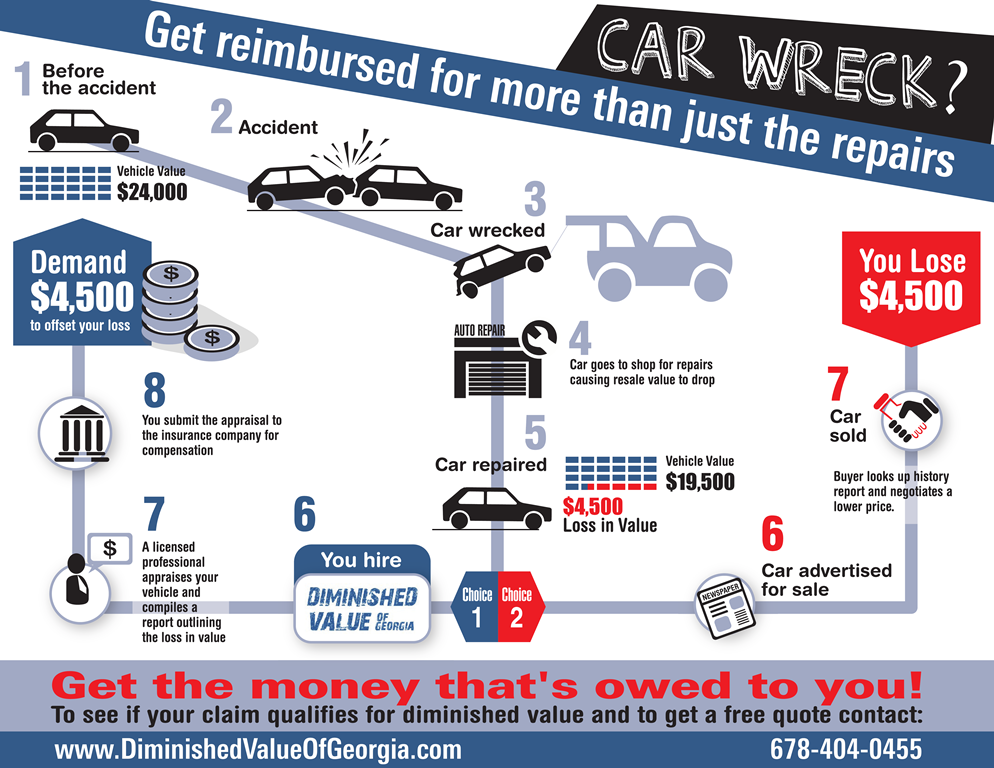Translating Your Automobile'S Alert Lights: Their True Implications
Translating Your Automobile'S Alert Lights: Their True Implications
Blog Article
Material Written By-Higgins Forbes
When you're behind the wheel, those radiant warning lights on your dashboard can be a little bit difficult. Do you recognize what they're attempting to tell you concerning your cars and truck's wellness? Recognizing the importance of these lights is important for your security and the long life of your lorry. So, the next time one of those lights appears, wouldn't you wish to decipher its message precisely and take the necessary steps to address it?
Common Caution Lighting and Interpretations
Determine typical warning lights in your automobile and understand their meanings to guarantee safe driving.
The most typical warning lights include the check engine light, which signals issues with the engine or exhausts system. If this light comes on, it's critical to have your vehicle inspected without delay.
The oil pressure warning light shows reduced oil stress, requiring prompt interest to avoid engine damages.
A flashing battery light might suggest a malfunctioning charging system, potentially leaving you stranded otherwise addressed.
The tire stress tracking system (TPMS) light informs you to reduced tire pressure, impacting automobile stability and fuel performance. Overlooking car washinh could lead to risky driving conditions.
The abdominal light indicates a trouble with the anti-lock stopping system, endangering your ability to quit quickly in emergency situations.
Last but not least, the coolant temperature level warning light warns of engine getting too hot, which can lead to severe damage if not resolved quickly.
Understanding https://www.freep.com/story/money/2022/07/16/auto-insurer-cure-goes-after-towing-repair-shops-over-bills/10053924002/ will help you attend to concerns quickly and keep risk-free driving conditions.
Relevance of Prompt Attention
Understanding the usual caution lights in your vehicle is just the initial step; the importance of promptly resolving these warnings can't be highlighted sufficient to ensure your safety and security when driving.
When a warning light brightens on your control panel, it's your auto's way of interacting a potential concern that needs focus. Neglecting these warnings can bring about a lot more extreme problems later on, compromising your safety and possibly costing you extra out of commission.
Prompt attention to warning lights can protect against malfunctions and accidents. As an example, a blinking check engine light can show a misfire that, if left neglected, could create damages to the catalytic converter. Resolving this quickly can save you from a costly repair.
Similarly, a brake system alerting light could signal low brake fluid or used brake pads, critical elements for your security when driving.
DIY Troubleshooting Tips
If you discover a warning light on your control panel, there are a couple of do it yourself troubleshooting pointers you can try before looking for specialist assistance.
The primary step is to consult your car's manual to recognize what the details warning light indicates. Occasionally the issue can be as simple as a loose gas cap activating the check engine light. Tightening up the gas cap might deal with the issue.
An additional common problem is a low battery, which can trigger different alerting lights. Checking the battery links for deterioration and ensuring they're safe and secure might take care of the problem.
If a caution light persists, you can attempt resetting it by detaching the vehicle's battery for a couple of mins and after that reconnecting it. In addition, checking your vehicle's fluid degrees, such as oil, coolant, and brake liquid, can help repair warning lights associated with these systems.
Conclusion
In conclusion, understanding your vehicle's caution lights is important for keeping your vehicle running efficiently and safely. By without delay resolving these signals and understanding what they suggest, you can prevent expensive repair work and potential malfunctions.
Bear in mind to consult your vehicle's manual for specific information on each advising light and do something about it accordingly to make sure a trouble-free driving experience.
Remain educated, stay secure when driving!
